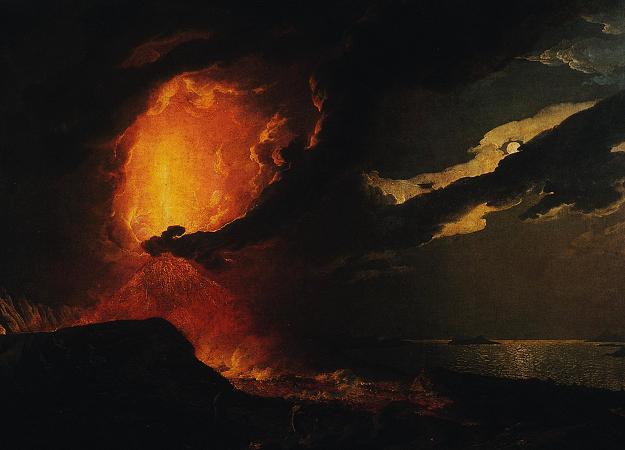Derby Museum and Art Gallery. Derby Museum and Art Gallery was established in 1879 in Derby, England, along with Derby Central Library, in a new building designed by Richard Knill Freeman and given to Derby by Michael Thomas Bass. The collection includes a gallery displaying many paintings by Joseph Wright of Derby; there is also a large display of Royal Crown Derby and other porcelain from Derby and the surrounding area. Further displays include archaeology, natural history, geology, military collections and world cultures. The Art Gallery was opened in 1882. The museum can trace its start to the formation of the Derby Town and County Museum and Natural History Society on 10 February 1836. The society was housed by Full Street Public Baths but it was a private society funded by its members' subscriptions. Its collections were created by donations initially from Dr Forrester who had been a President of Derby Philosophical Society. The patron of the Museum Society was William Cavendish, 6th Duke of Devonshire, and the President was Sir George Crewe who was a keen naturalist. Col. George Gawler contributed a collection of minerals and exotic stuffed birds which included an albatross from his time as governor in South Australia. In 1839 a major exhibition was held at the Mechanics' Institute which contained many items including those from Joseph Strutt's collection. Many of these made their way into Derby Museum's collection. The society moved in 1840 to the Athenaeum in Victoria Street. The society's collections grew in 1856 and they were first offered for incorporation into the town by William Mundy, but the offer was rejected. In 1857, Llewellyn Jewitt became secretary and the museum was opened to the general public on Saturday mornings. In 1858 the Derby Philosophical Society moved to a house on the Wardwick in Derby as it merged with what was called the Derby Town and County Museum and the Natural History Society. This move included the society's library of 4,000 volumes, mathematical and scientific apparatus and its collection of fossils. In 1863 the botanist Alexander Croall was appointed the first Librarian and Curator and the following year the museum and library were joined together. Croall left in 1875 to become the curator of the Smith Institute in Stirling. The Derby Town and County Museum was finally transferred into the ownership of Derby Corporation in 1870, but there were difficulties in finding space to display the collections. After placing all the artefacts into storage for three years, the museum was finally opened to the public on 28 June 1879. The Art Gallery opened in 1882 and in 1883 the museum had electricity supplied for new lighting. In 1936 the museum was given a substantial collection of paintings by Alfred E. Goodey who had been collecting art for 50 years. At his death in 1945 he left E13,000 to build an extension to the museum. The extension, which now houses the museum, was completed in 1964. Refurbishment to parts of both the new and old buildings were undertaken in 2010-11. In 2012, over 1,000 items were stolen from the museum's storage facility between 2 May and 19 June. The museum did not know about the theft until they accessed the facility to remove an item from storage. Stolen items included coins, medals, and watches. A man was charged with receiving stolen goods in connection with the theft in January 2013. Derby was significant in the eighteenth century for its role in the Enlightenment, a period in which science and philosophy challenged the divine right of kings to rule. The enlightenment has many strands, including the largely philosophical Scottish enlightenment centred around the philosopher David Hume, and political changes that culminated in the French revolution, but the English Midlands was an area where many key figures of industry and science came together. The Lunar Society included Erasmus Darwin, Matthew Boulton, Joseph Priestley and Josiah Wedgwood with Benjamin Franklin corresponding from America. Erasmus Darwin, grandfather of Charles Darwin, started the Derby Philosophical Society when he moved to Derby in 1783. Some of the paintings by Joseph Wright of Derby, which are renowned for their use of light and shade, are of Lunar Society members. The Derby Gallery possesses over 300 sketches and 34 oil paintings by Wright, and also holds a document collection. One of the paintings is entitled The Alchymist in Search of the Philosopher's Stone and it depicts the discovery of the element phosphorus by German alchemist Hennig Brand in 1669. A flask into which a large quantity of urine has been boiled down is seen bursting into light as the phosphorus, which is abundant in urine, ignites spontaneously in air.
more...




